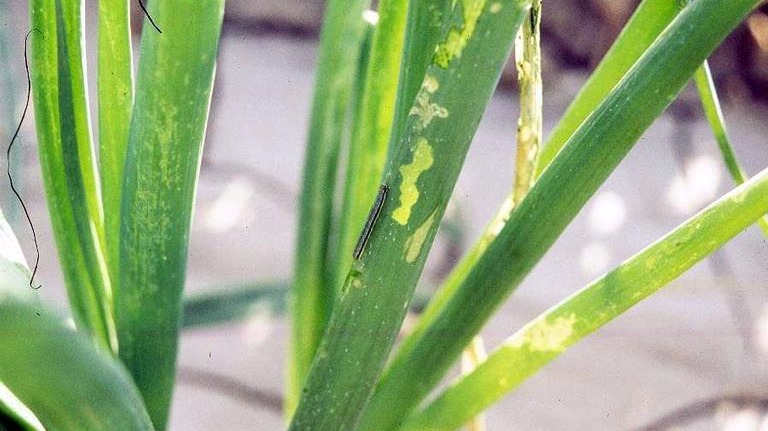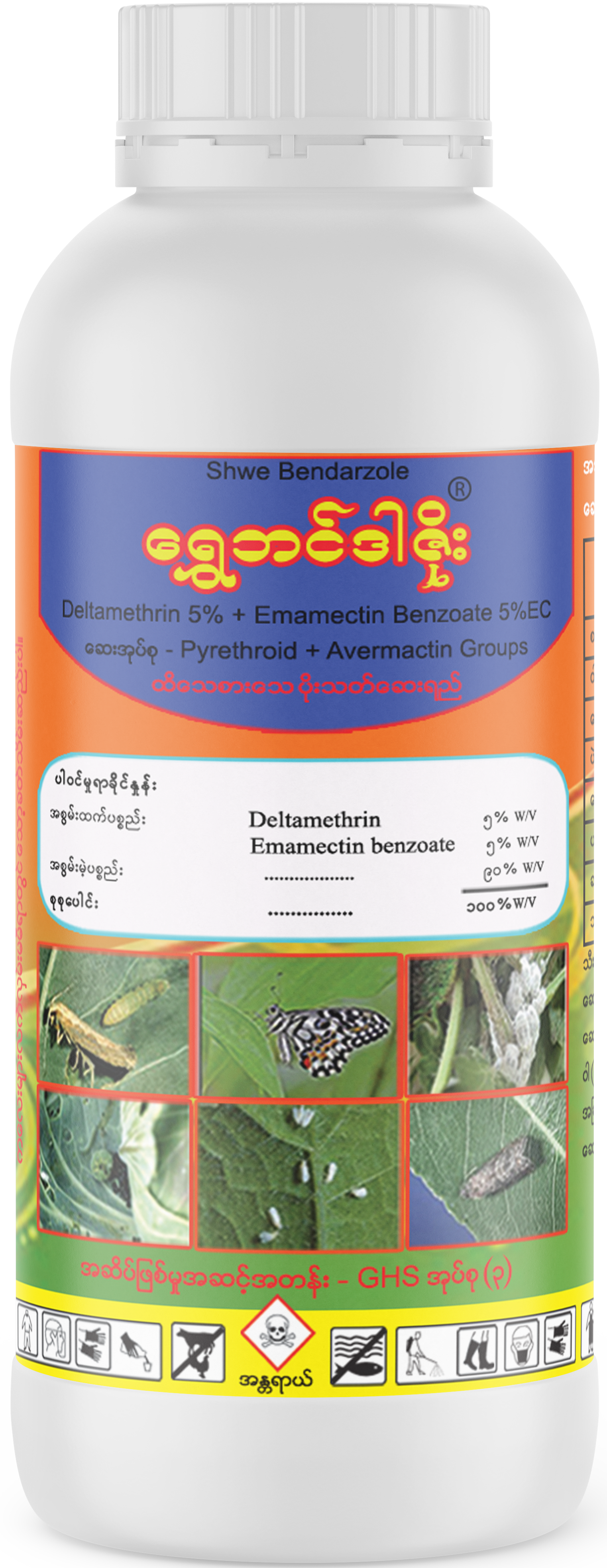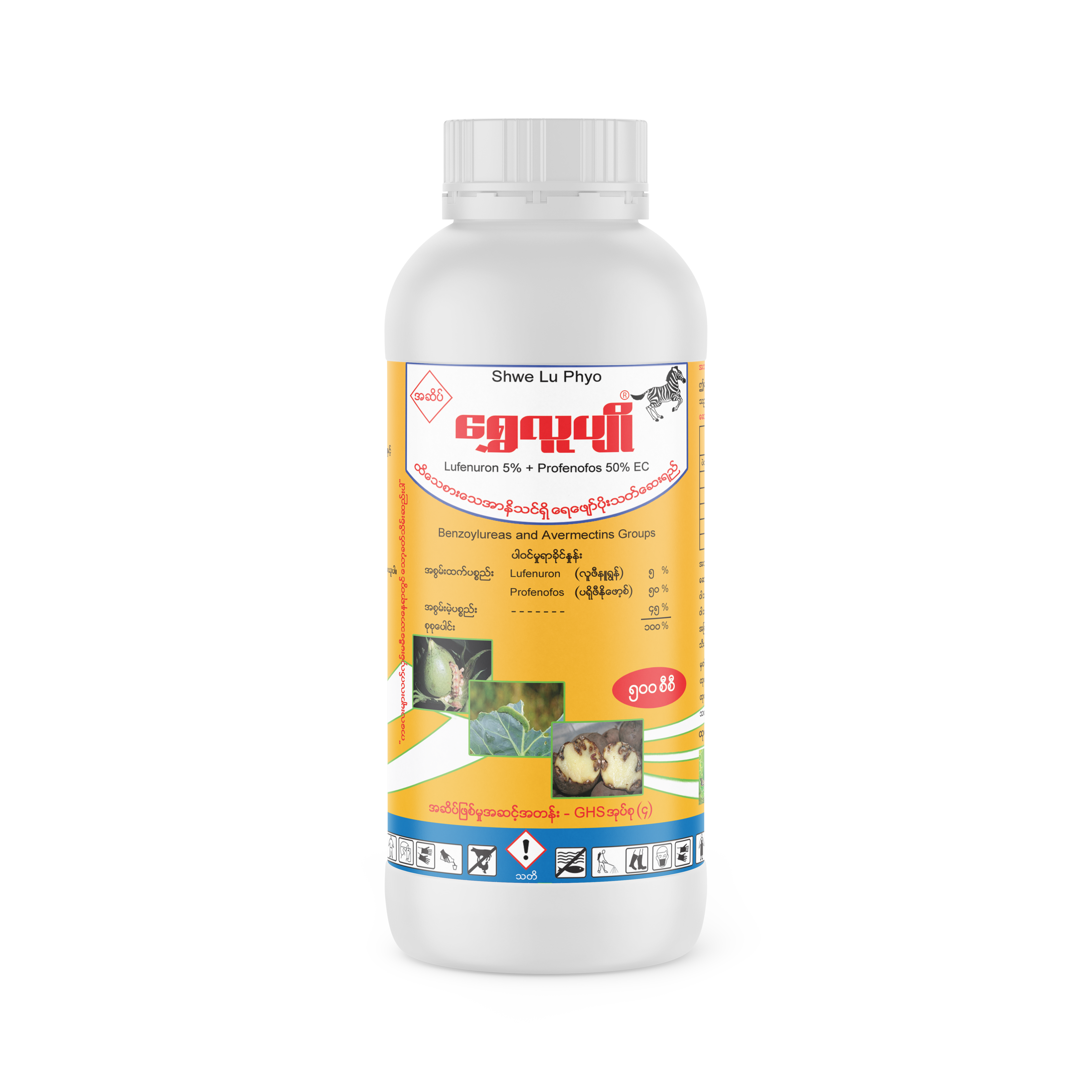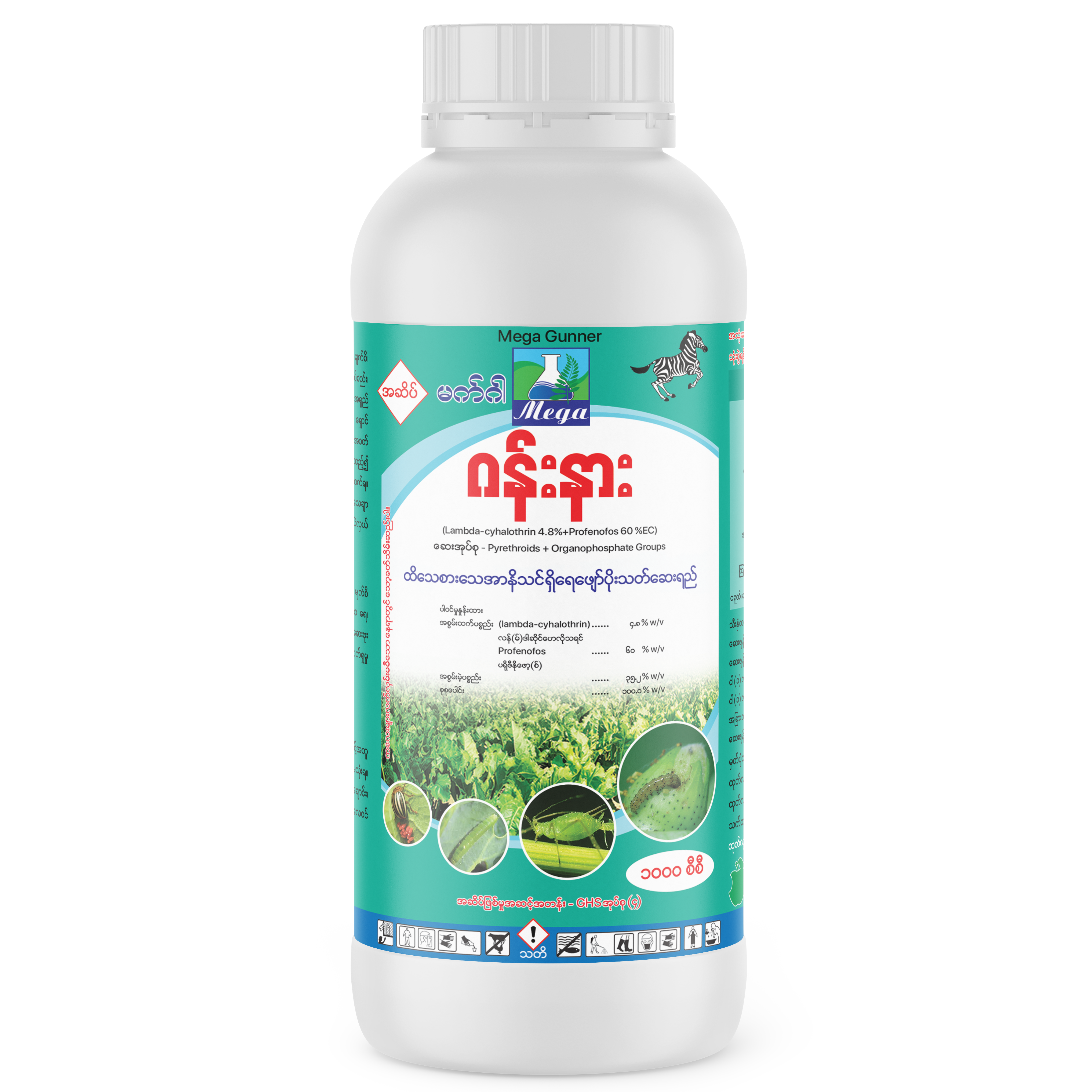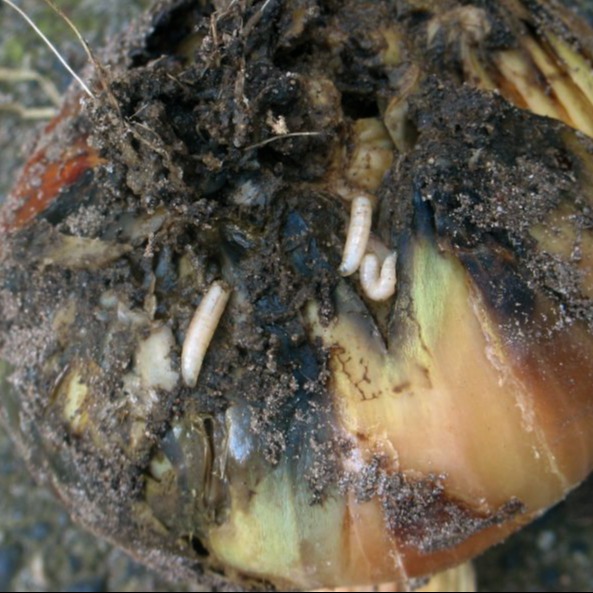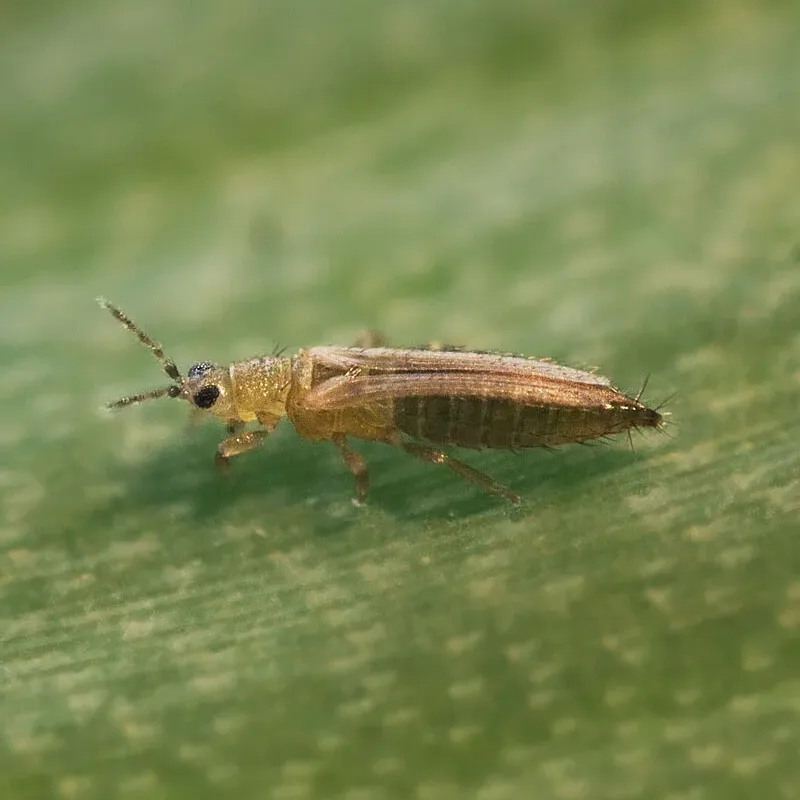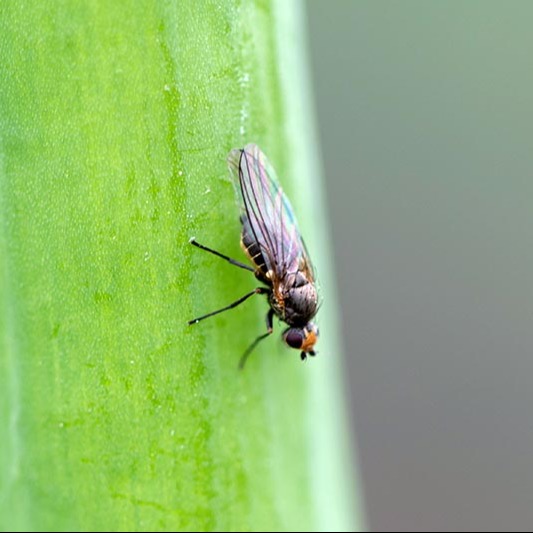Armyworm/ Beet armyworm
Symptom
Armyworm/ Beet armyworm infestations are more likely during late spring to summer in warm conditions. Young larvae feed on the surface of onion leaves, causing windowpane-like patches or irregular holes. As larvae mature, they shew larger holes or ragged edges on the leaves. In heavy infestations, larvae may skeletonize leaves, leaving only veins. Presence of greenish-black frass on or around damaged leaves. Damaged tissues may dry out, leading to leaf curling, blighting, or even dieback. In severe infestations or late in the crop cycle, larvae may move into the bulb area and feed on the neck or outer blub scales, creating entry wounds that increase risk of secondary infections.


